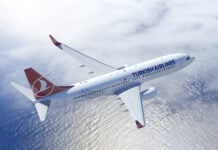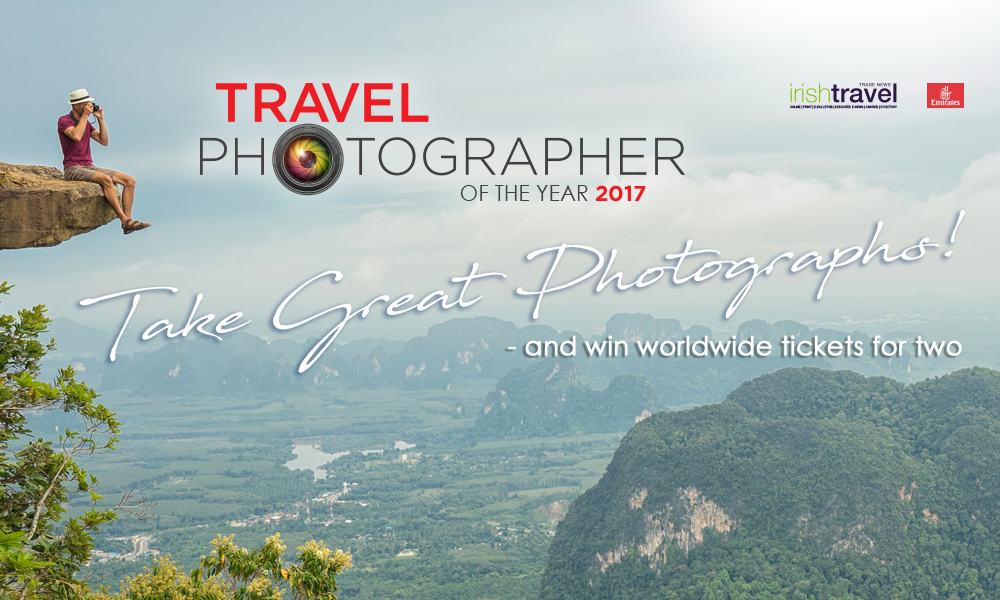
The ITTN+EMIRATES Travel Photographer of the Year competition received 61 entries in June (the winner will be announced soon) and July submissions can now be made at ittn.ie/photo-competition-entry-form/. Here, professional photographer Paul Sherwood, one of the judges who will choose the overall winner of tickets for two to any destination on the Emirates worldwide network, gives his top tips to taking prize-winning photos.
First, regarding the title that the entrant has given their photo, I would mainly be looking for the relevance of the title to how the photo looks and, sometimes, any humour that may have been introduced into the title.
In general terms, when looking at images, the main features are composition and lighting. Everything in a photo should have relevance to the final picture, and during either the taking, or the processing of the image, any unwanted elements should be excluded – either when shooting the picture by changing the camera position, or zooming the lens, or, during production, by cropping an image. In extreme cases unwanted elements can be removed using a programme such as Photoshop, but this is often frowned upon, especially in competitions. It is always best to get it right, ‘in camera’!
Another element of composition is to use items in the picture to give scale, or for framing, such as overhanging trees, arches, window frames, etc.

Lighting is very important, as is the quality of the light, such as sunsets, dappled light through foliage, light and shade – all these then need to be correctly exposed to create a good photo. Sometimes exposure can be adjusted for effect, such as exposing for the sky to register a sunset, which would then make the ground underexposed, causing trees to go into silhouette, which adds to the effect of the final image.
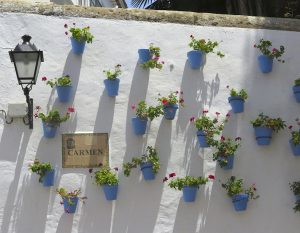
Water can be made to take on a dream-like effect by using a slow shutter speed so it becomes blurred, which can be very effective with seascapes, or waterfalls. Correspondingly, a fast shutter speed can ‘freeze’ water – such as picturing someone splashing in a pool or on a beach.
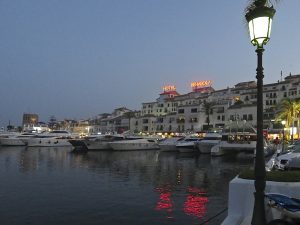
There are many different techniques available to change the way a picture looks, and photographers can use these to great effect.
Finally, the best images appeal to the viewer in terms of content, colour and composition – a picture should be able to tell a story!
Choosing Your Subject for Maximum Effect
Another competition judge, Neil Steedman, ITTN’s News & Features Editor, adds the following comments:
As regards the photo’s title, to Paul’s relevance and humour I would add some indication as to where – destination or country – the photo was taken. Looking through all the 2016 entries, for example, one title that included all three of these elements really well was ‘Business Class Cuban Style’.
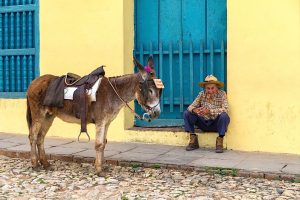
Choosing a photo subject that will stand out from the crowd will considerably increase your chances of winning. Among 2016’s entries, beach photos, not surprisingly, comprised the biggest number at 48, with animals the subject of 22 entries, and sunrises/sunsets comprising 21 entries. So if you are going to enter a beach, animal or sunrise/sunset photo it had better be particularly good!
For a travel photography competition, the entries should capture something of the essence of the location – and preferably a feature that is unique to that destination.
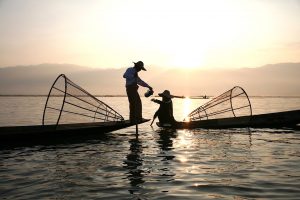
Finally, does your photo capture a particular moment in time – or if someone else came to the same spot one hour, one day or one year later would they have been able to take almost the very same photo? For example, the winning photo in 2015 (Coffee Break Time, above) could not have been taken even one minute later!



